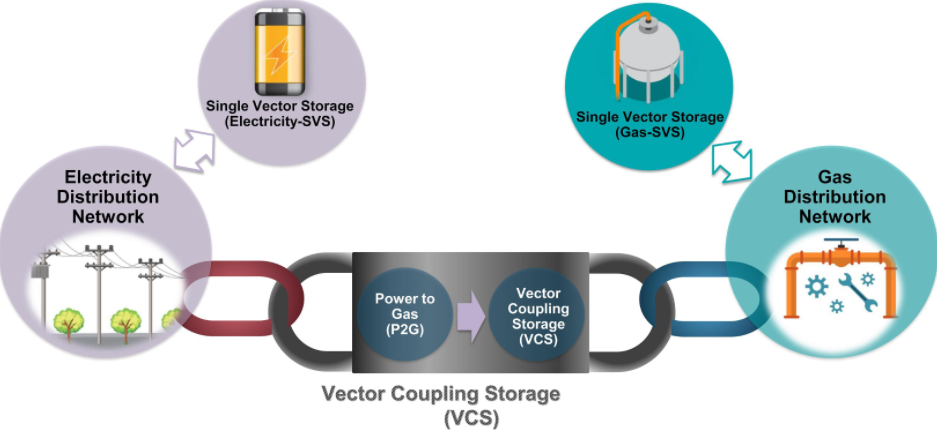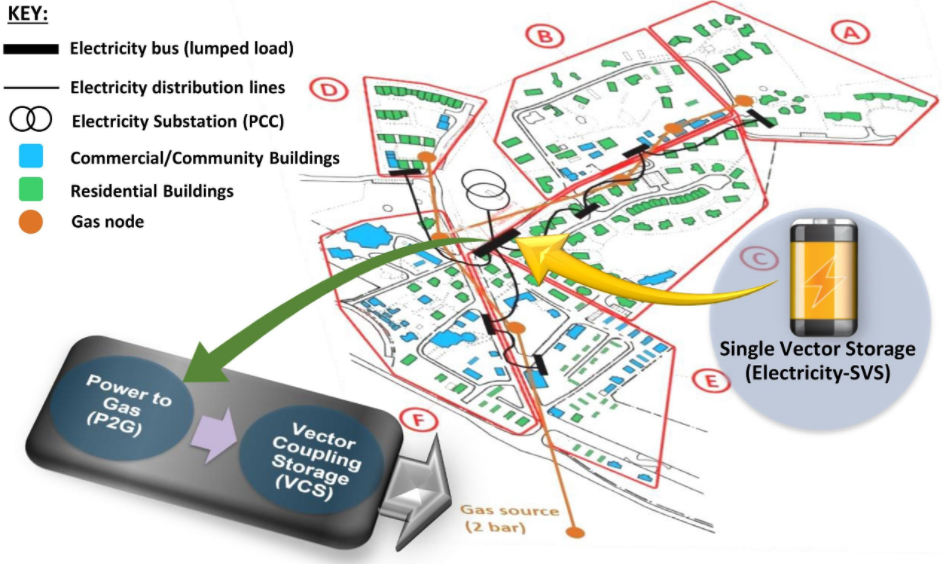Researchers and Academics from the EPSRC funded Supergen Energy Networks Hub and the National Centre for Energy Systems Integration (CESI), Dr Adib Allahham, Dr Hamid Hosseini, Dr Vahid Vahidinasab, Dr Sara Walker & Professor Phil Taylor, recently published their journal paper in the International Journal of Electrical Power and Energy Systems.
About the Author

Dr Adib Allahham is a Research Associate within the Power Systems Research Team, School of Engineering, Newcastle University and currently works on several projects including the Supergen Energy Networks Hub and EPSRC National Centre for Energy Systems Integration (CESI). Adib received his PhD from the University of Joseph Fourier in the field of control engineering. His research involves projects around the electricity distribution and off-grid power sector and multi-vector energy systems. These projects are addressing the need to cost efficiently decarbonise the energy sector over the next thirty years by facilitating innovative network integration of new generation, and the integration of different energy vectors (electricity, gas, and heat). Computer simulation, laboratory investigation and demonstration projects are used together to produce new knowledge that delivers this requirement. He has published more than 25 technical papers in leading journals and conferences.
Adib Allahham contact details: adib.allahham@ncl.ac.uk @adiballahham and profile details
About the Paper
Governments around the world are working hard to reduce their Greenhouse Gas (GHG) emissions. In the UK, the government has set a target of “Net Zero” GHG emissions by 2050 in order to reduce contribution to global warming [1]. This necessitates the integration of more Renewable Energy Sources (RESs) into the energy networks and consequently reduction in the use of fossil fuels while meeting and reducing energy demand.
To achieve this objective flexibly and reliably, it may be necessary to couple the energy networks using several network coupling components such as gas turbine (GT), power-to-gas (P2G) and Combined Heat and Power (CHP) [2]. Also, the energy networks may benefit from different types of Energy Storage Systems (ESSs) in order to be able to compensate for any energy carrier deficit or other constraints in energy supply in any of the networks [3].
In order to comprehensively study multi-vector integrated energy systems and analyse ESS potentials, a Techno-Economic-Environmental (TEE) evaluation framework needs to be designed to investigate the mutual impacts of each of the networks on the operational, economic and environmental performance of others. This is the main aim of this study.
The paper divides ESS into two different categories of Single Vector Storage (SVS) and Vector Coupling Storage (VCS).

A literature review looked at models which have been used to perform planning of the whole energy system of several countries taking into account all layers of the energy system, as well as different types of energy storage in multi-vector energy networks. As well as using a case study from a rural area in Scotland which is connected to the electricity distribution network only, also benefitting from a small wind farm and roof-top PV’s.


A framework was developed as a result of the literature review carried out and this was tested on the real-world rural area in Scotland. The evaluation framework provides the ability to perform TEE operational analysis of future scenarios of Integrated Gas and Electricity Distribution Networks (IGEDN). Several specifications and achievements from this study are identified in the paper which is available to read online and will be published in the November issue of the Journal.
References
[1] Committee on Climate Change. Net Zero – The UKś contribution to stopping global warming, 2019. Google Scholar
[2] S. Clegg, P. MancarellaIntegrated electrical and gas network flexibility assessment in low-carbon multi-energy systems IEEE Trans Sustainable Energy, 7 (2) (2016), pp. 718-731 CrossRefView Record in ScopusGoogle Scholar
[3] S.H.R. Hosseini, A. Allahham, P. TaylorTechno-economic-environmental analysis of integrated operation of gas and electricity networks 2018 IEEE International Symposium on Circuits and Systems (ISCAS) (2018), pp. 1-5 CrossRefView Record in ScopusGoogle Scholar
[4] EPSRC National Centre for Energy Systems Integration (CESI). https://www.ncl.ac.uk/cesi/, 2017.